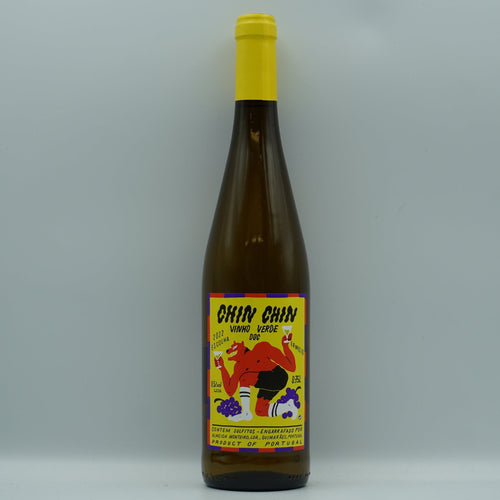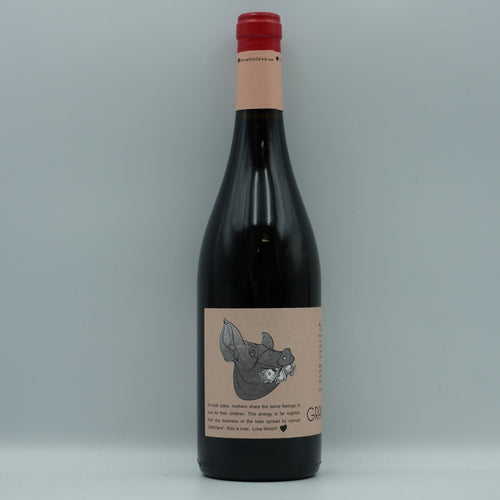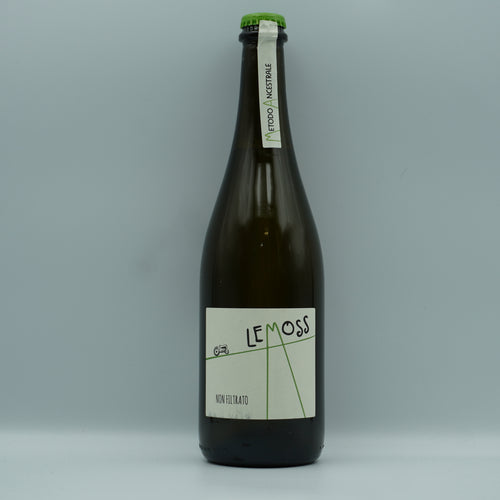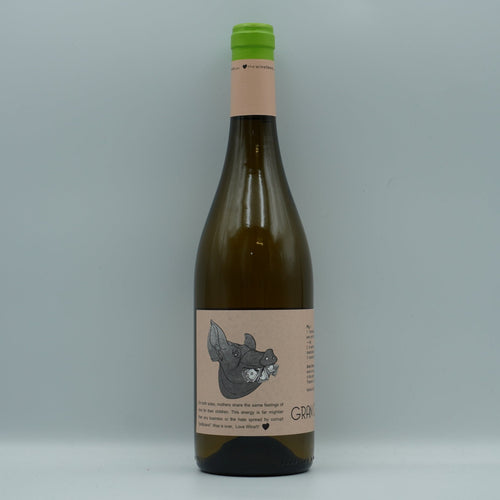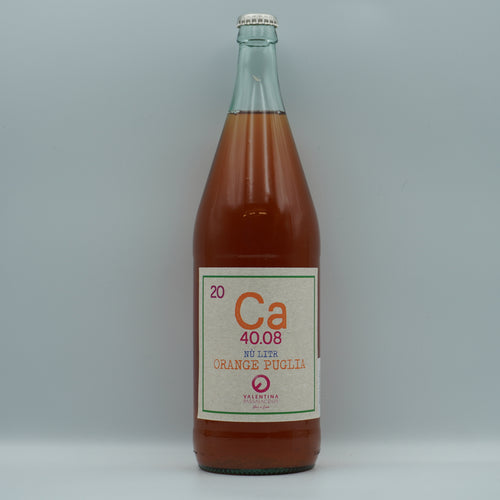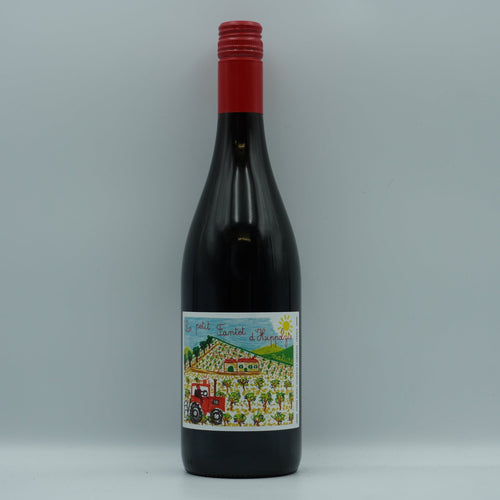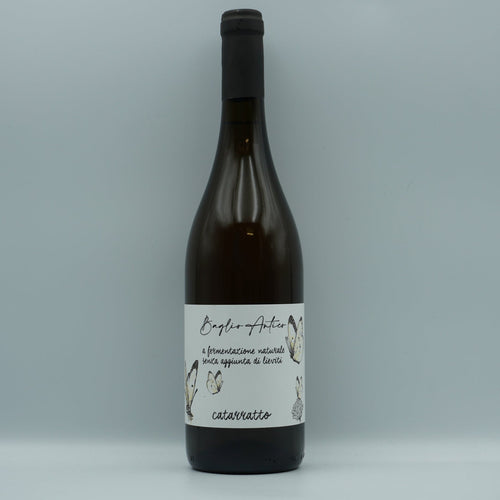SPEND £65 FOR FREE SHIPPING
Hiya! How’s it hanging? Are you hanging? Good on ya.
Week fourteen, aka, nearly bloody finished. We’re heading to the land of sparkles, the land of fizz, the land of loads of scientific processes that I need to understand, or pretend to. It’s Champagne week, baby! This is going to be science heavy, I’m afraid. As in, I’m actually afraid. For me. I barely passed my science GCSE and that was fifteen years ago. And I’ve only got progressively more stupid since then.
As you probably could have guessed, Champagne producers are perfectionists. They’re like Goldilocks over there, everything’s gotta be just right. Starting with the grapes. The grapes used for champagne production have to be lower in sugar than those used for still wines, and nice and high in acid. Which is why Champagne is the perfect region for it, coz it’s actually pretty cool there. Temperature wise, not vibe wise. Although I guess those are alright too. In warmer climates it’s hard to get the right balance between sugar and acid, because sugar rises and acid drops quickly when it’s hot out. Don’t get me wrong, it’s still doable, but as with most things in winemaking, it’s difficult. But in Champagne it’s easy, coz the cool climate lends itself to nice slow ripening.
Once the grapes get to the winery, there are six (six!) methods of turning them into sparkling wine. Because a) I just said this was Champagne week and b) I don’t have enough words to explain them all, I’m just going to delve into the traditional method. I might get into the Pét Nat method later, I’ll see how I feel. Don’t hold your breath, though.
So! The traditional method is super costly and time-consuming, which goes some way towards explaining why champagne is so freaking expensive. First up, we make the base wine. Basically exactly the same process as for making a still wine, except the resulting wine should be neutral in flavour. Next up is blending, which is important for two reasons. Reason number one: to achieve consistency. Ever see ‘NV’ on a bottle of champagne and wonder what it meant? Me neither, but now I know – it means non-vintage, aka the grapes used didn’t come from just one year’s harvest. Usually they’ve come from several, and are all mixed together to achieve a consistent house style, so when you go down to dan’s to pick up a bottle of your fave fizz, you can pretty much guarantee it’s going to taste the same, year after year. So base wines made from different years might be blended together to achieve this. Blending is also important to get the right balance in the wine, so producers might blend together a few different grape varieties. The ones used in Champagne are Chardonnay, Pinot Noir and Meunier, all of which play different roles in the blend. What roles, you ask? Fine. Chardonnay brings the acid, the finesse, the citrus flavours, Pinot Noir brings the body and the structure, and Meunier brings even more fruit. Champagne is a team sport, kids.
Once the blend has been created, it’s time for the second alcoholic fermentation. Producers will add a bit of liqueur de tirage to the blend, which is a cocktail of wine, sugar, yeast, yeast nutrients (are those different to yeast?) and a clarifying agent. They seal up the bottle with a crown cap and let the fermentation work its very slow magic. The yeast generates CO2, which dissolves into the wine = bubbles! Kind of like that volcano science experiment everyone did in Year Four. That was baking soda though. Is that the same? Let’s move on.
Once the yeast are done making CO2, they die. What a sad life yeast has. They keep on giving after death though, in the form of autolytic (what?) flavours – bread, brioche and biscuit, mostly. Once they’ve given all they have to give, it’s time to get rid of them. This is done by riddling. What’s riddling? I’m gonna tell you.
Riddling is the process of forcing all the sediment created by the lees(=dead yeast cells. Have you even been paying attention? to slide down the side of the bottle and collect in the neck. In times of yore (and still now in very traditional, very wealthy champagne estates), this was achieved by turning the bottle slightly in its rack, while slowly moving it from a horizontal to an upright position. If you do this by hand, it takes eight weeks. If you use a machine, it takes three days. I’m all about giving jobs to people rather than robots, but jeez, that’s quite the time saver. Once the bottle is fully upright, it’s time to blow the lid off, also known as disgorgement. The neck of the bottle is submerged in a cold liquid which freezes all the yeasty gunk inside the crown cap. Ergo, when you pop the crown cap off, all the pressure which has been building up blows out the little plug of yeast. Gross. Why do I feel like it’s some poor soul’s job to go around sweeping up all the yeast plugs after disgorgement? The final step is topping up the bottle with some liqueur d’expédition, also known as dosage, which can be used to adjust the final sugar levels in the wine. Producers then stick a cork in the bottle and send it off to suppliers, who sell it to consumers who then put it in their wine cellar to gather dust for ten years until they pop it open at their kid’s graduation or whatever. Do I sound salty? Probably. I want a wine cellar.
So there you have it! A very condensed science lesson that results in champagne. Speaking of…
Obviously champagne commands a premium price (and now you know why) but here’s a pretty reasonable offering from Rémi Leroy, which was in fact my New Year’s Eve champagne of choice. Did I pop it at 10pm? Was it gone by 10.45pm? Who can say? Levelling up a bit, here’s a lush Blanc de Blancs from Laherte Frères (Blanc de Blancs = made from white grapes, aka Chardonnay. Blanc de Noirs = made from black grapes, aka Pinot Noir/Meunier). And heading right to the top shelf, here’s some absolute G stuff from Pierre Péters. One for those people who actually have a wine cellar.
Have a gr8 week, love ya!
Xoxo
Megan

